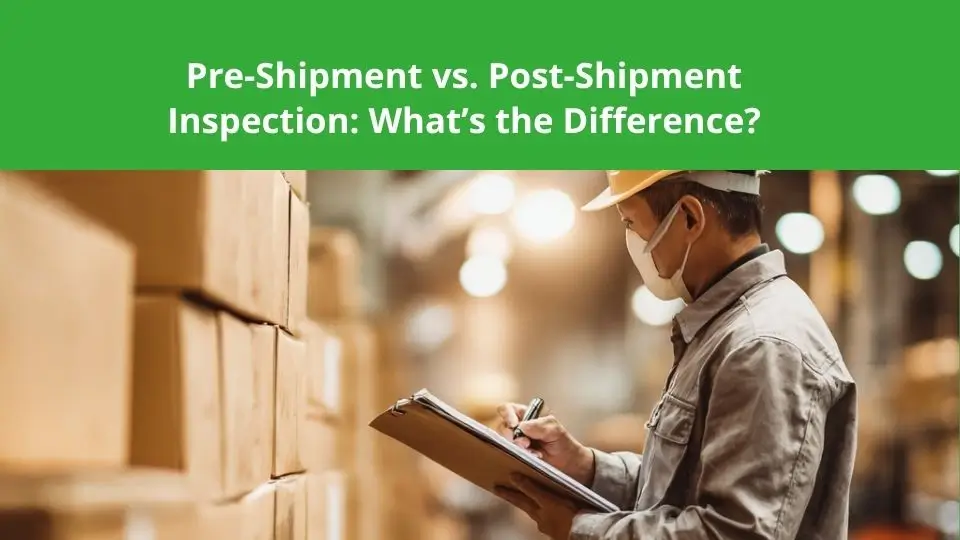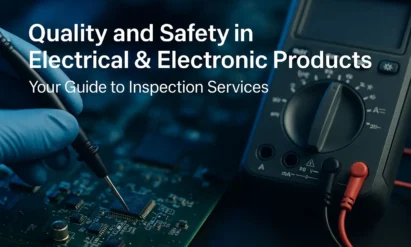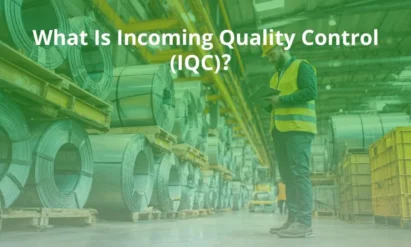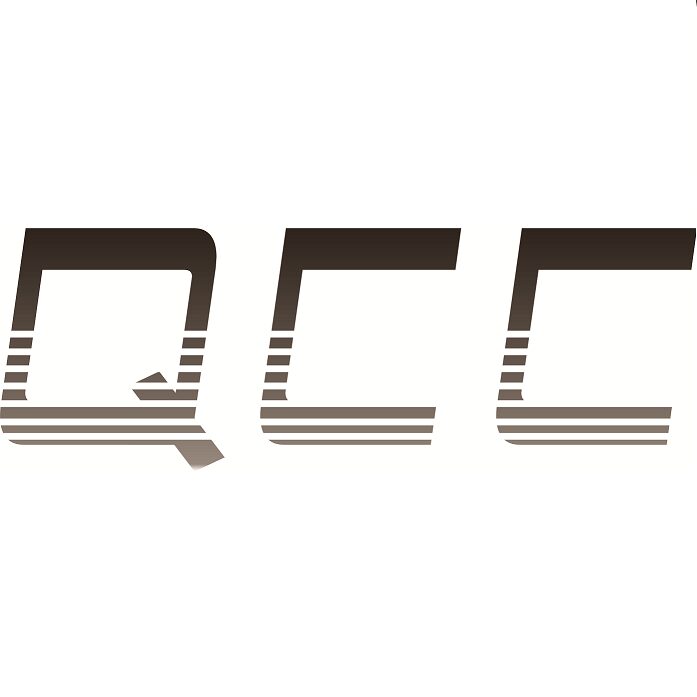Pre-Shipment vs. Post-Shipment Inspection: What’s the Difference?
Aug 09,2025
When you purchase products from overseas, quality is more than just something to check—it’s crucial for customer satisfaction and high return costs. Therefore, inspection is crucial.
But one question we often hear from customers is, “Should I perform a pre-shipment inspection or a post-shipment inspection? What’s the practical difference between them?”
Both services play an important role in quality control, but their uses vary depending on your production timeline, risk tolerance, and logistics setup.
In this article, we’ll explain these two types of inspections—what they mean, when they’re appropriate, and how to choose the one that best protects your business.
What is a Pre-Shipment Inspection (PSI) Service?
Pre-shipment inspection, commonly known as PSI or final random inspection, is conducted when goods are nearing completion—typically between 80% and 100% complete and packaged for delivery.
Its core concept is to check product quality before shipment. This process is designed to provide importers with peace of mind and control over their goods by confirming that they meet specifications.
Inspectors visit the supplier’s location and examine every aspect of the product. Inspectors use the AQL (Acceptable Quality Limit) method to test a random sample of goods to ensure objective results.
If any discrepancies are found, they are documented in a report that includes photos, comments, and a professional judgment on the acceptability of the goods.
Pre-shipment inspection allows you to identify problems before shipment. It’s your last line of defense before final payment or shipping.
Why is Pre-Shipment Inspection Important?
One of the biggest reasons for pre-shipment inspections is risk control. Once your products begin shipping, you lose the right to request corrections, refuse shipments, or negotiate. If problems are discovered too late, you could face returns, customer complaints, or damage to your brand reputation.
Pre-shipment inspections help you verify that product specifications are met, packaging complies with retail or regulatory requirements, and any significant omissions are present.
If you work with platforms like Amazon, missing labels or safety documentation could result in your products being removed from shelves.
In traditional retail, your products could be rejected by distributors or result in contract breaches. Quality issues are often easier and more cost-effective to address before a product leaves the factory.
Understanding Post-Shipment Inspection
Post-shipment inspection, on the other hand, takes place after the goods have already left the factory. This could happen when the goods arrive at the port, during customs clearance, or even after they’ve reached your warehouse. In some cases, buyers perform these inspections as part of internal quality audits or to verify shipping integrity.
While this type of inspection is useful for confirming the condition of goods after transport, it has major limitations. If any defects are discovered at this stage, fixing them can be costly, time-consuming, or in some cases, impossible. The damage might have occurred during transit or may be linked to a manufacturing error that’s now too late to address.
Buyers may choose post-shipment inspections to assess supplier consistency over time, evaluate transit damage, or document condition for insurance purposes. But it should not be seen as a replacement for pre-shipment inspection if you want to proactively avoid problems.
Comparing Pre-Shipment and Post-Shipment Inspections
Although both types of inspections aim to protect your supply chain, they function at different points and with different results. A pre-shipment inspection gives you insight before products leave the factory, giving you time to correct issues and hold payments if necessary.
A post-shipment inspection happens after you’ve committed to the shipment, meaning any issues discovered must be dealt with locally and at your cost.
Pre-shipment inspections allow for intervention, while post-shipment inspections offer documentation. Choosing one over the other depends on how much risk you’re willing to carry and how critical timing and cost are in your logistics.
Choosing the Right Inspection Type
Selecting between the two comes down to the nature of your business, the complexity of your product, and how much control you want to have over quality.
If you’re launching a new product, working with a new supplier, or placing a large order, pre-shipment inspection should be a non-negotiable part of your process. It’s the only way to stop mistakes before they ship out.
If you already have trusted suppliers and want to audit performance or verify damage after transit, post-shipment inspection can add an extra layer of protection. In some cases, companies use both in tandem—pre-shipment for quality assurance and post-shipment for logistics control.
The most important thing is to make inspection a regular part of your process. Whether before or after shipping, consistent quality control builds reliability, reduces cost, and improves customer satisfaction.
Conclusion
Pre-shipment and post-shipment inspections play different roles, but both contribute to a smarter, more resilient supply chain.
If your goal is to avoid delays, maintain standards, and safeguard your brand reputation, pre-shipment inspection should be your first line of defense. Post-shipment inspection, while important, is best used as a backup measure, not a replacement.
The right inspection strategy gives you greater control and confidence in your sourcing, allowing you to achieve better outcomes from your sourcing partnerships.
--- END ---
Products
Get A Free Quote
Related Blogs
QCC SAMPLE REPORT
For sample reports or custom checklists, please contact us – we're here to assist you.



 November 28,2025
November 28,2025

